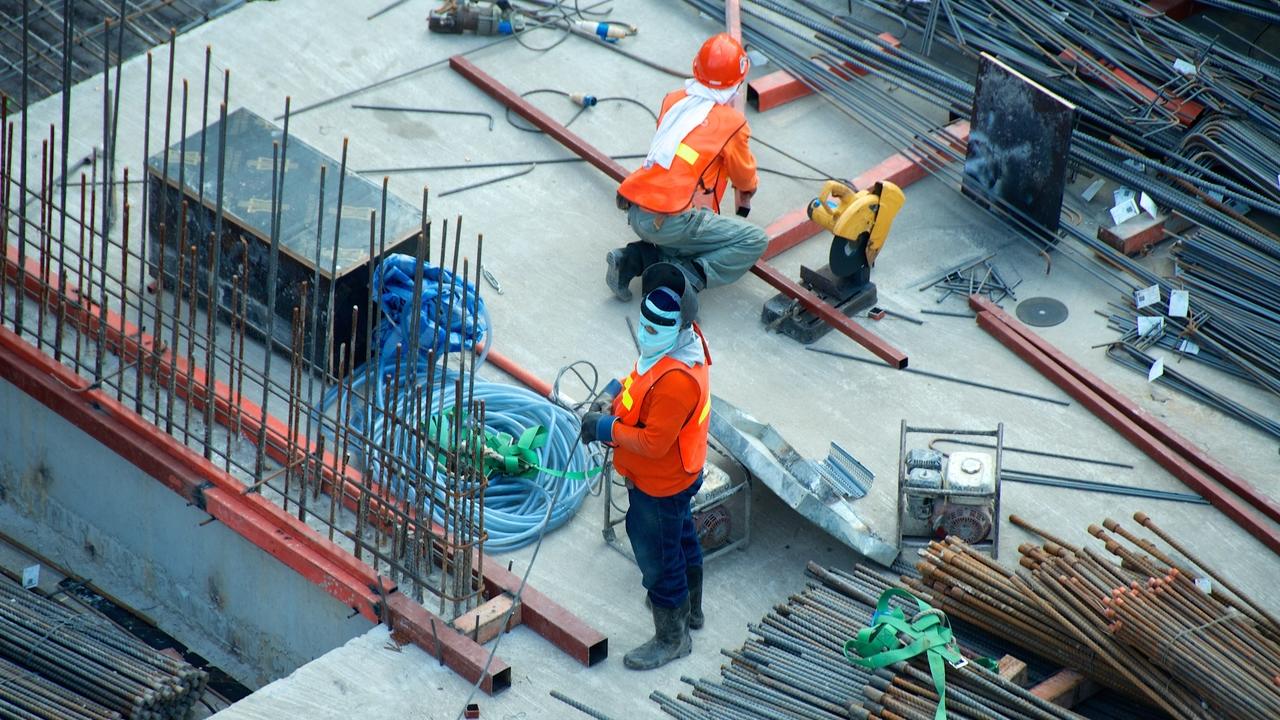
When building a new home, one of the most important decisions you will make is what type of foundation to use. There are several different types of foundations, each with its advantages and disadvantages. In this blog post, we will discuss the different foundation types and help you decide which one is right for you.
Shallow Foundation: A shallow foundation works by transferring the structural load of your building to the earth. It is close to the earth, and its depth varies from 1.5m to 3m. Shallow foundation can further be divided into three major types:
Spread Footing Foundation: A spread footing foundation is usually found in a residential building. It is made up of concrete and has a rectangular or circular shape. The footings are generally placed at the corners of the building to support the structure’s weight.
Pad Foundation: A pad foundation is similar to a spread footing foundation but is usually used in industrial buildings. It is also made up of concrete and has a rectangular or circular shape. The difference between a pad foundation and a spread footing foundation is that the footings are not placed at the corners of the building.
Strap Footing Foundation: A strap footing foundation consists of two strip foundations connected by a beam. This type of foundation is usually used in commercial buildings. The advantage of using a strap footing foundation is that it can distribute the weight of the building more evenly than a spread footing foundation.
Rectangular Foundation: When one of the projections of the footing is restricted, or when the footing’s width is restricted, you’ll need to use a rectangular soil foundation. It serves as an upward loaded beam spanning between columns in the longitudinal direction and cantilevering beyond in the longitudinal dimension.
Trapezoidal Foundation: The length between the two columns carrying equal loads is limited in a trapezoidal footing. Using any other method may cause the results of the weight to fail to fall at the middle section of the foundation. Because trapezoidal footing is more cost-effective than other foundation types, it saves concrete. The bending moments are critical at the face of the column, and the depth requirement decreases as we go further away from it. As a result, it should be used with a slope or will wind up utilizing too much superfluous concrete in locations where water freezes on the footing.
Mat or Raft Foundation: A mat or raft foundation is a large concrete slab that supports an entire building. It is usually used in high-rise buildings and heavy industrial buildings. The advantage of using a mat foundation is that it can distribute the weight of the building evenly.
Pile Foundation: A pile foundation is a type of deep foundation. It consists of piles driven into the ground to support the weight of the building. Pile foundations are usually used in tall buildings, heavy industrial buildings, and bridges. The advantage of using a pile foundation is that it can transfer the weight of the building to deeper soil layers or rock strata, which are more stable than the surface soil layers.

Strip foundation: A strip foundation is a type of shallow foundation. It consists of a strip of concrete that is placed under the entire length of the building. Strip foundations are usually used in low-rise buildings, such as houses. The advantage of using a strip foundation is that it can distribute the weight of the building evenly.
Deep Foundation: A deep foundation works by transferring the structural load of your building to deeper layers of soil or rock. It is usually used in buildings that are taller than three stories. The depth of a deep foundation can vary from 15m to 60m. Deep foundations can further be divided into two major types:
Pile Foundation: A pile foundation is made up of concrete, steel, or timber piles driven into the ground. The advantage of using a pile foundation is that it can be used in any soil, including sand and clay.
Caisson Foundation: A caisson foundation is made up of large cylinders that are sunk into the ground and filled with concrete. The advantage of using a caisson foundation is that it can support heavy loads.
Compensated foundation: A compensated foundation is a type of deep foundation that uses a combination of piles and caissons. The advantage of using a compensated foundation is that it can support very heavy loads and be used in any type of soil.
There are several factors to consider when deciding which foundation to use for your building. The first factor is the type of soil you have. The second factor is the height of your building. You should use a deep foundation if your building is taller than three stories. The third factor to consider is the weight of your building. Based on these factors, your construction company will recommend a type of foundation for you.


